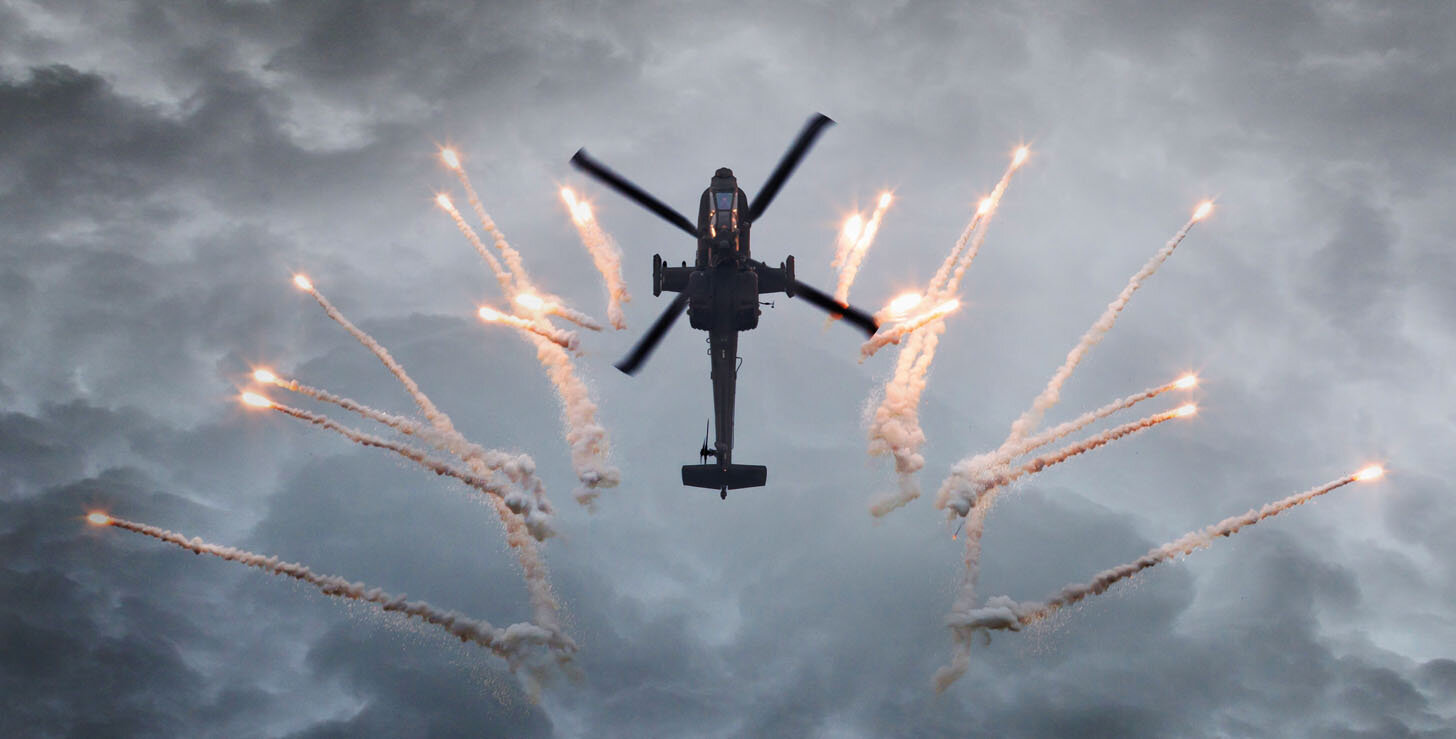
Air Weapons Integration
Presenter: Dr John Davies
Click Register to view available course delivery modes (virtual/face-to-face), dates, and locations.
The registration page allows you to register individually or to register groups of up to 15.
Duration: 2 Days | Price: $1,980
Course Aim
The Air Weapons Integration course provides attendees with an understanding how to integrate and certify Air launched Weapons and other stores including countermeasures. Air weapons integration is a multi-disciplinary process that ensures that aircraft and weapons are integrated to successfully complete their functions and coexist without any unacceptable effects. The air weapons integration training course provides detailed knowledge of aircraft weapon integration design requirements, principles, and verification activities in accordance with MIL-HDBK-1763. The course learning objectives are as follows:
Identify the airworthiness policy and processes required for integrating air weapons and other stores.
Identify the principles of operation and life cycle stages of air launched weapons and other stores.
Identify the ground and flight verification and validation requirements for air weapon integration and other stores.
Course Outline
Introduction. Introduction to Aircraft Stores Compatibility (MIL-HDBK-1763) objectives and Aircraft Station Interface (MIL-HDBK-1760) stores management system architectures.
Regulatory Framework, Policy, and Procedures. Roles and responsibilities, design documentation, and processes.
Aircraft Store Lifecycle and System Boundaries. Weapon handling, storage and transport; Support and test equipment; Insensitive Munitions, Mission Planning.
Introduction to air weapon test and evaluation. T&E objectives, Range requirements and targets, Telemetry and flight termination systems, Laboratory integrates test equipment.
Aircraft Stores Compatibility Objectives (MIL-STD-1763). Overview of objectives ground test, flight tests and links to OCD/FPS.
Fit and Function Verification. MIL-A-8591, Aircraft Stores Interface Manuals.
Functional verification methodologies. Data requirements, and acceptance criteria.
Environment Qualification. Vibration and Acoustic, Thermal Environment, Electromagnetic environmental effects. Acoustic noise sources and effects, E3 sources and limits, power level equations and safety margins, kinetic heating and thermal equations. Data requirements, instrumentation, and acceptance criteria.
Aeroelasticity. Aeroelastic, flutter, limit cycle oscillation causes and effects (divergence, flutter, aileron reversal). Aircraft configuration limitations, data requirements, instrumentation and acceptance criteria.
Structural loads and Integrity. Limit loads, ultimate loads, static loads, dynamic loads, data requirements, instrumentation, and acceptance criteria.
Performance and Drag, Handling Qualities. Effects of stores on aircraft, aircraft stores configurations, handling qualities rating scales, data requirements, store drag counts, instrumentation, and acceptance criteria.
Employment, Jettison and Ballistics. Free Stream ballistics and dispersion, weapon accuracy and circular error probable, guided versus non-guided weapons.
Systems Engineering Aspects. Compiling the ASCEDP, trade space and risk, certification by similarity.
Test and Evaluation Planning. Test objectives, instrumentation requirements, range requirements, TEMP requirements, IOC versus FOC
Course Material
The following resources will be provided to attendees of this course:
A PDF copy of the PowerPoint presentations used for the course.
